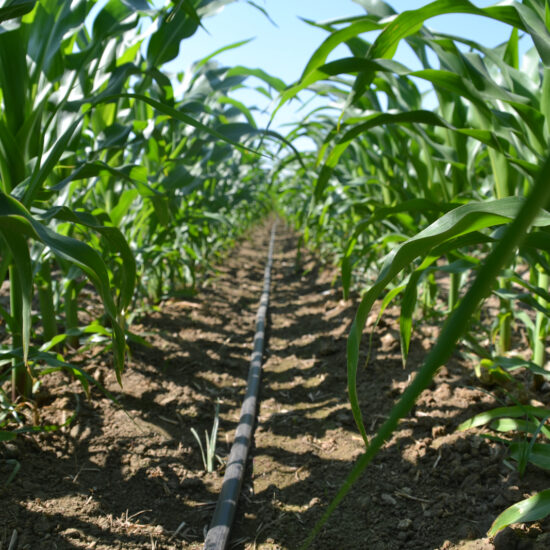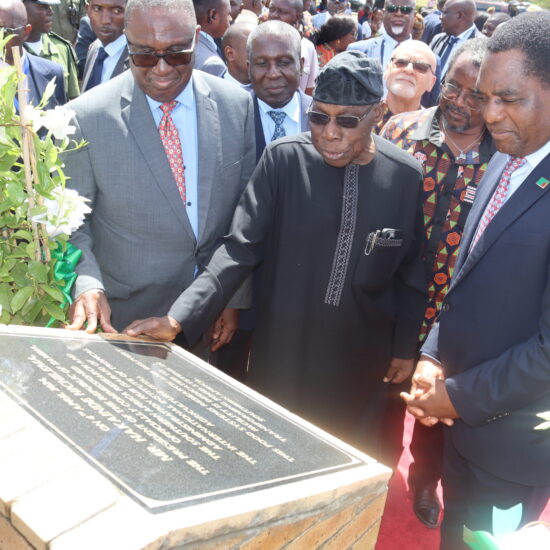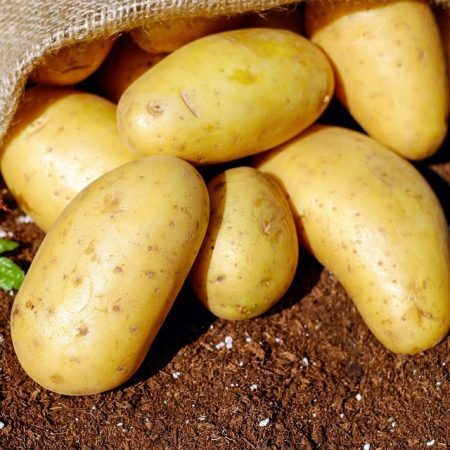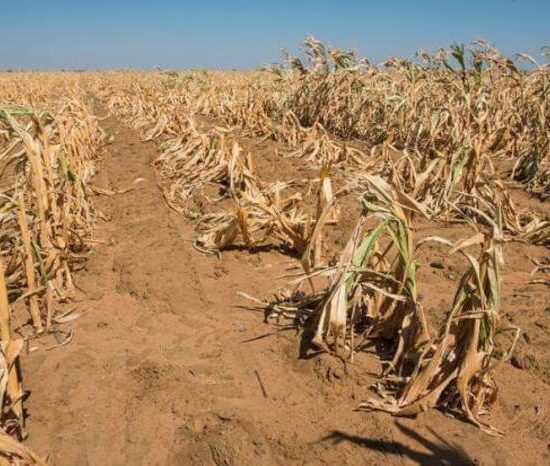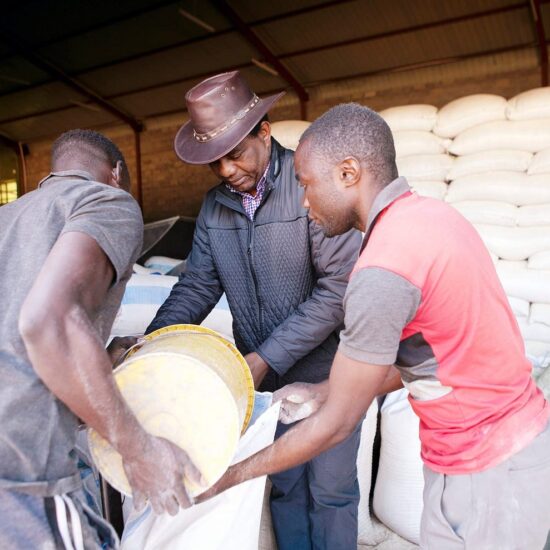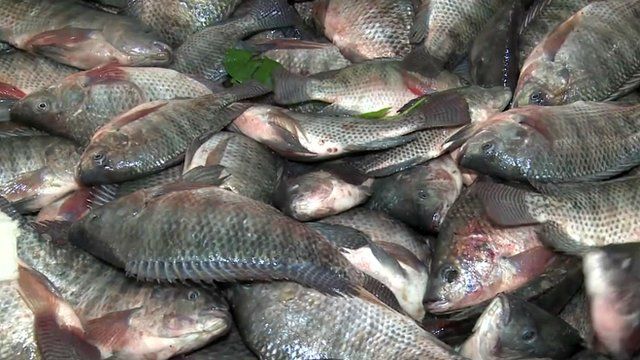
Msekese Fisheries has revealed that the biggest challenge for most fish farmers today is the high cost of inputs, most especially feed, which has contributed to farmers not aggressively expanding to cut the fish deficit that the country has been experiencing.
Msekese Fisheries Managing Director Michael Hacking said lowering the cost of inputs can transform and massively contribute to the increase in fish production as farmers would be able to expand their businesses, which would effectively encourage others entrants to venture into fish farming thereby notably growing the aquaculture industry in Zambia.
Speaking in an exclusive interview with the Zambian Business Times – ZBT, Hacking said if fish farmers make very little profit, they are likely to be discouraged from continuing or expanding their dams because no one wants to be in a business that will not sustain them and their family.
Hacking said the depreciating Kwacha against the dollar has tremendously increased the cost of fish production for farmers in Zambia, as most raw materials are dollar based. He said there is need for establishment of strategic partnerships within the industry in order to help optimize the value chain of fish production if the fish deficit is to reduced and eventually eliminated.
“The biggest challenge is lining up everything, we [Msekese Fisheries] have got a number of hatcheries which also produce the feed, but now it’s up to us to make sure the farmers have access to fingerlings. Once that is done, they need access to feed, if we can get the farmers all the right inputs, once the fish is ready, they need to get that to the market and all those can be aligned through strategic partnerships”, he said.
When asked if imposing a six months fish ban would help increase fish production in natural rivers,lakes and water bodies, Hacking noted that in theory, the six months fish ban can help reduce fish deficit but practically it has no effect because rivers where there is supposed to be a fish ban have fishermen catching fish with illegal equipment, it’s a practice that has been happening throughout the fish ban.
He said the problem is that due to resource constraints, the active monitoring is not happening on these rivers. So anglers tend to stop angling, but in fact, it’s the netting from the fishermen that is causing a problem, which somehow continues.
“They go in there with their small nets, they net out the really small fingerlings and that is affecting our fish resources in the rivers and until they can stop those people from such practices, this problem is going to continue”, he said.
He also noted that government has invested heavily in aquaculture and this has resulted in new fish farmers getting on board thereby increasing the demand for fingerlings. Hacking further told ZBT that the company increased their production from the breeding aspect as well as the nursery aspect where it holds and grows their fingerlings to a specific size before selling them.
He further said the company doubled its production from an estimated 200,000 fingerlings per month to close to 400,000 fingerlings, adding that their holding facility is still available. Msekese Fisheries has the ability to hold about 700,000 fingerlings.
He said the company expanded their operations last year, but expansion required a lot of equipment, which is not available locally, as a result, bringing the equipment into the country was very costly due to the various import charges and duties that come with importing.
Hacking said last year’s fingerling production was reasonably good despite challenges like diseases from January to July, which compromised the production, but from August to December, the production was good.
Fish farming in Zambia has gained attention after it has emerged that the country has a large consumption deficit despite boosting of hosting huge fresh water resources that includes rivers, lates and underground water.
The demand for fish on the local market continued to expand with neighboring countries such as the Democratic Republic of the Congo – DRC and Angola proving a yawning export market currently being satisfied by imports of seafood.




